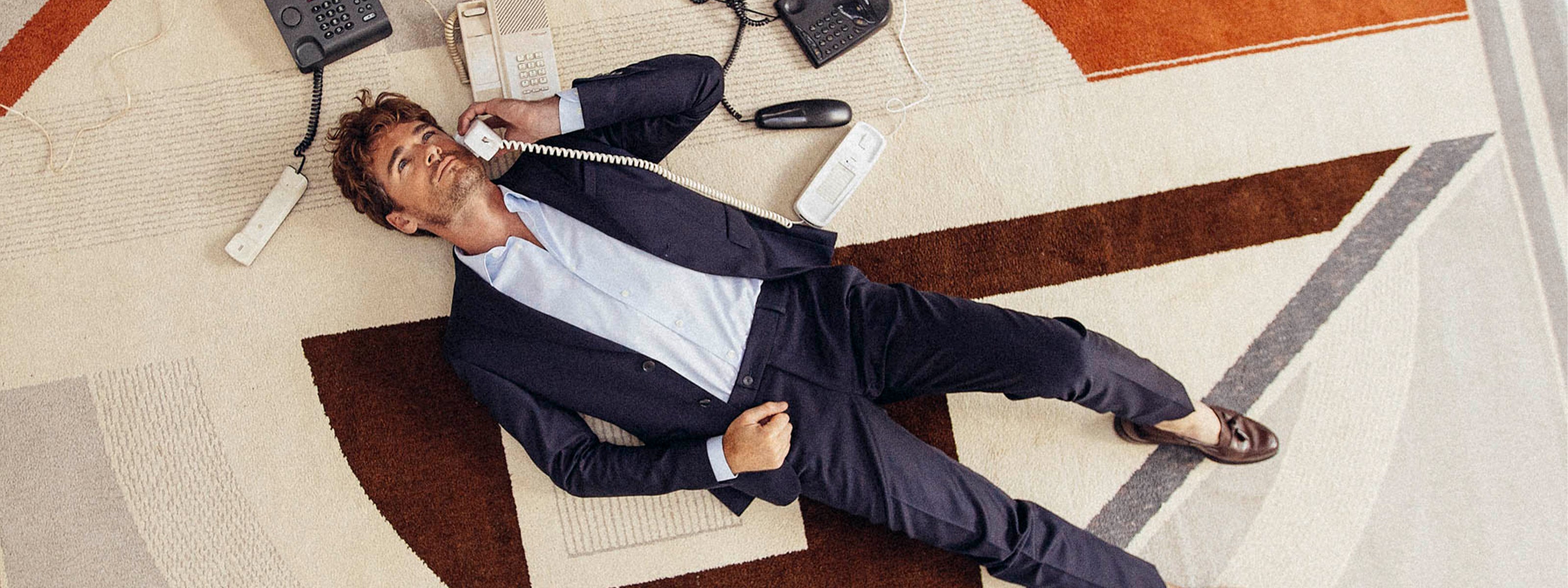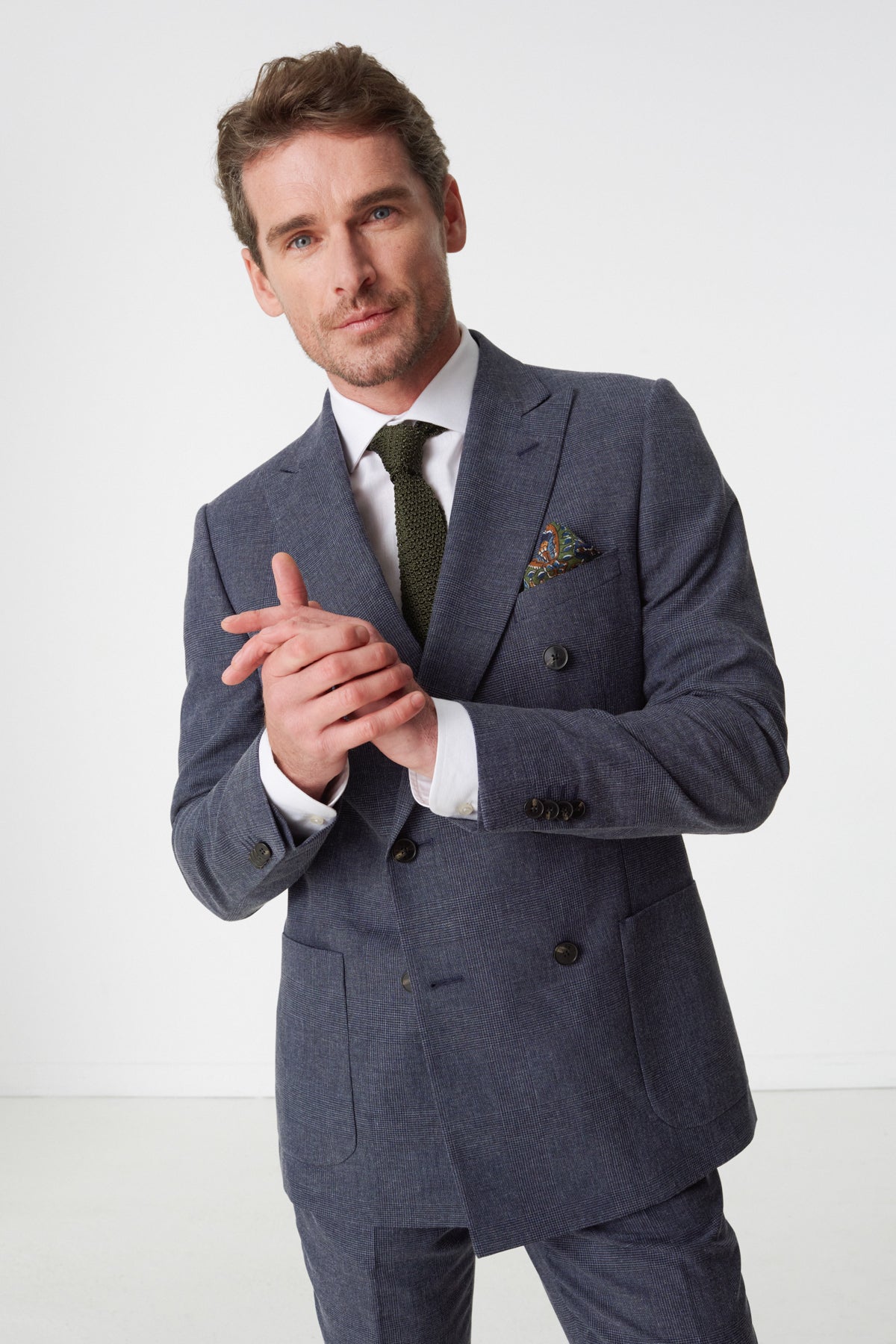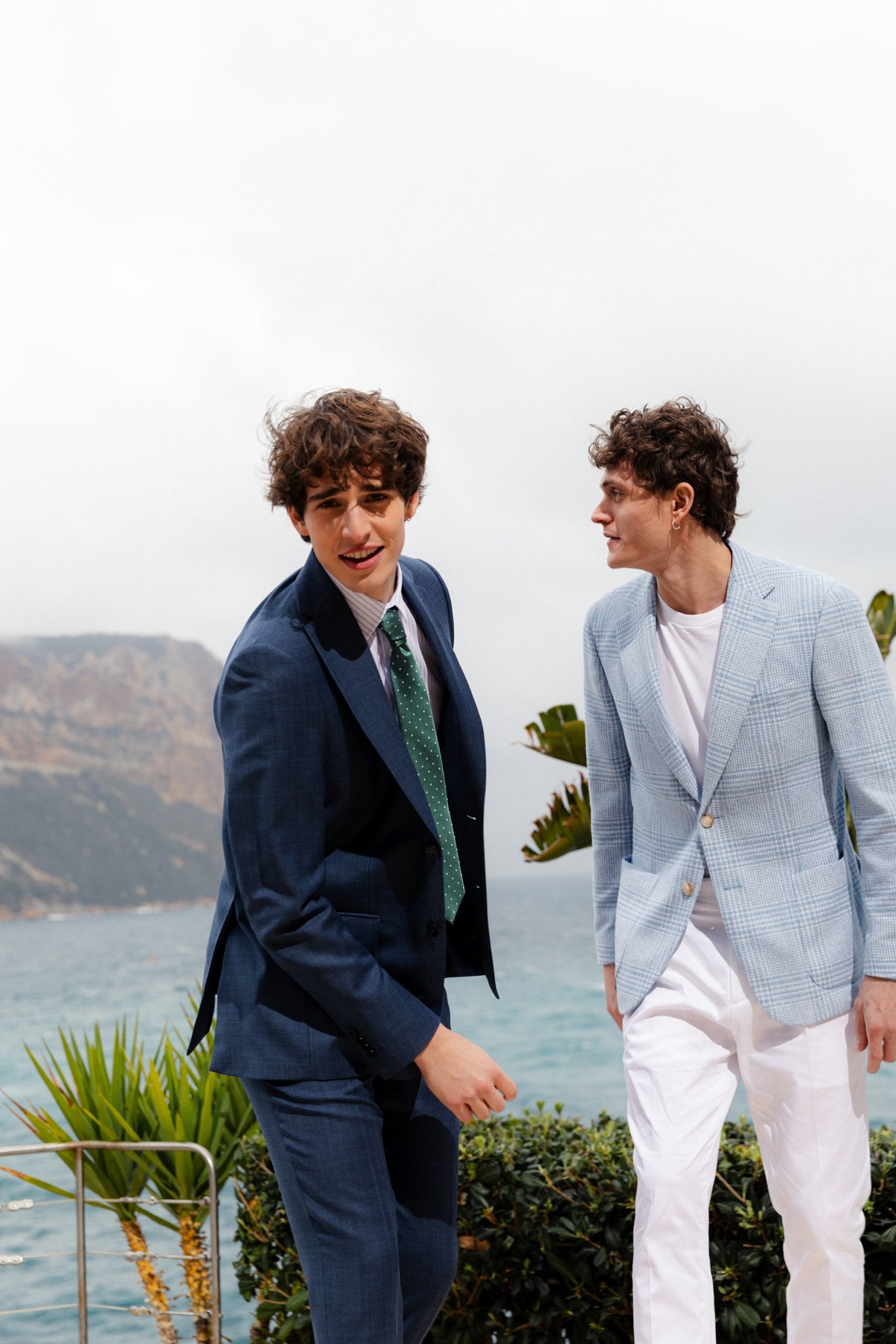What outfit should I choose for going to work?
Dress codes in the workplace can be strict. For men who care about looking their best, knowing how to adapt their work attire to their surroundings can make a big difference, both in front of clients and colleagues. Whether for business or personal reasons, for appearance or comfort, or to avoid having to choose between suit pants, jeans, or chinos, here are some tips to help you choose the right workwear.
Understanding the company dress code
The first step is to observe the professional environment in which you operate. Take cues from your superior or colleagues to understand the tone and style of the company. Work attire varies depending on the professional environment: it's generally not allowed to show up in the banking sector wearing jeans, for example. The employer can definitely wait a more formal outfit . However, the suit is not mandatory everywhere.
How to dress for the workplace?
No matter what industry you work in, you have several options. For formal jobs that require a specific dress code, a business suit is the way to go. If you're looking for a good balance between cool and elegant, smart casual offers several combinations that are both comfortable and distinguished. For men who want a more relaxed yet dressy style, smart casual offers both.
Business style in a formal setting
In the business world, the suit is a work garment. Depending on how it is worn or the professional environment, it does not have the same impact. For example, for the commercial and financial sectors, large companies or law firms, the "business formal" look (or "business attire") is preferred. It consists of a blue or gray business suit, or discreet Prince of Wales , worn over a white or blue shirt , and complemented by a tie . On the feet, derbies or Oxford shoes complete the outfit.

Professional business style
A little less formal but just as codified, the "business professional" look still involves wearing a suit, but with more freedom. You can allow yourself other suit colors, such as green , as well as patterns. You can also dare to wear shirts with discreet or more fanciful patterns (checks, stripes, gingham, etc.), or a colorful detail on the accessories. Thus, the traditional black tie can be polka dots or stripes. We keep the same shoes as for the business formal style. Note that in all cases, the belt is strongly recommended, but white socks are to be avoided, especially with a dark suit.

A more casual look for more relaxed environments
In some less strict sectors, such as management, the "business casual" style swaps the dark suit for a simpler work outfit. Both understated and relaxed, it represents the company's image while still reflecting your personality. For this, we keep the shirt and blazer jacket , but we can also wear chinos or flannel pants , and pair them with derbies or loafers.

Smart casual: quiet elegance
If you can afford more freedom in your professional attire, the "smart casual" style allows you to break away from the business side while remaining chic. For this, the t-shirt and jeans are welcome; wear with a polo shirt, a suit jacket, a blazer , a coat or a parka , depending on the season. The shirt can be topped with a sweater or a cardigan . Finally, casual but simple shoes such as sneakers allow you to feel more comfortable.

In conclusion
Once you've determined the style that best suits your professional environment, whether business , casual , or somewhere in between, you can select the most appropriate work clothes. In any case, the outfit you choose depends on the work environment and the company's habits, but it can reflect your personality through more or less discreet details.



